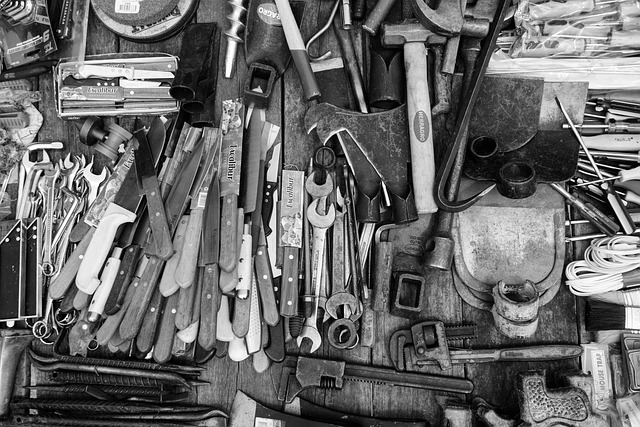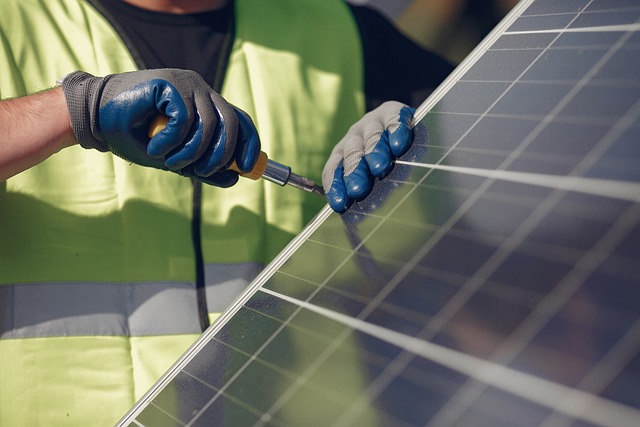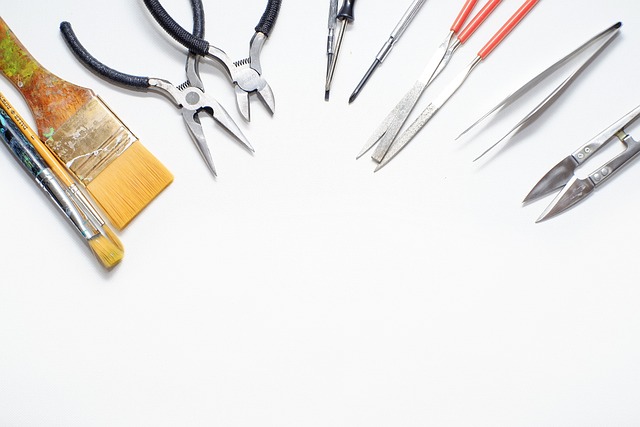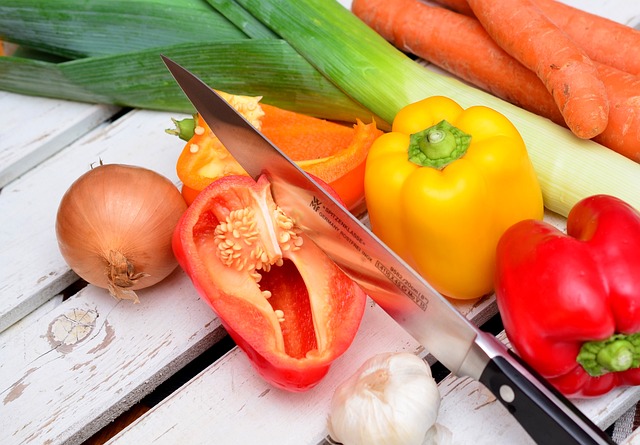Introduction to Vinyl Wrapping Tools
If you’re looking to transform your DIY projects or give your vehicle a fresh look, mastering the art of vinyl wrapping can be a game changer. However, to achieve a flawless finish, having the right vinyl wrapping tools is crucial. In this post, we’ll explore the essential tools you need to enhance precision and ensure a smooth, professional look every time you embark on a vinyl wrapping project.
Essential Vinyl Wrapping Tools
1. Vinyl Wrap
The most obvious tool you’ll need is, of course, the vinyl wrap itself. Choose high-quality vinyl that is durable and easy to manipulate. Look for brands that offer a variety of finishes, such as matte, gloss, or carbon fiber, depending on your desired outcome.
2. Utility Knife or Razor Blade
A sharp utility knife is essential for cutting vinyl accurately. It allows you to trim the excess material around edges and openings with precision. Make sure to use a fresh blade to avoid tearing the vinyl, which can ruin your project.
3. Squeegee
A squeegee is a must-have tool for applying vinyl smoothly. It helps to push out air bubbles and ensures that the vinyl adheres firmly to the surface. Look for a squeegee with a felt edge, as this will prevent scratches on the vinyl during application.
4. Heat Gun
Heat is an important factor in the vinyl wrapping process. A heat gun allows you to warm the vinyl, making it more pliable and easier to manipulate around curves and contours. It also helps in shrinking the vinyl for a tighter fit. Be cautious with the temperature to avoid damaging the vinyl.
5. Tape Measure
Accurate measurements are vital for a successful wrap. A tape measure will help you take precise measurements of the area you’re wrapping, ensuring that you cut the vinyl to the correct size before application.
6. Surface Cleaner
To ensure that the vinyl adheres properly, the surface must be clean and free of debris. A good surface cleaner or isopropyl alcohol can help remove dirt, grease, and old adhesive residues from the surface prior to application.
7. Application Fluid (Optional)
Some wrappers use application fluid to help with positioning and reducing friction during the installation process. This fluid can help you slide the vinyl into place before it adheres permanently, allowing for adjustments as needed.
8. Vinyl Wrap Tools Kit
Consider investing in a vinyl wrap tools kit. These kits typically include a variety of essential tools such as squeegees, knives, and even micro-fiber cloths. Having a dedicated kit ensures you have everything you need in one place, making the wrapping process more efficient.
Tips for Using Vinyl Wrapping Tools
1. Practice Makes Perfect
If you’re new to vinyl wrapping, practice on smaller items or surfaces before tackling larger projects. This will help you become familiar with the tools and the application process.
2. Take Your Time
Rushing can lead to mistakes. Take your time during the application process to ensure that everything is aligned correctly and that air bubbles are removed.
3. Use Proper Techniques
When using your squeegee, work from the center outwards to push out air bubbles. When applying heat, do so gradually and evenly to avoid damaging the vinyl.
Conclusion
Having the right vinyl wrapping tools is essential for achieving a flawless finish on your DIY projects. By investing in quality tools and taking the time to learn proper techniques, you can transform the look of your vehicle, furniture, or any surface you choose to wrap. Whether you’re a beginner or an experienced wrapper, these tools will help you create stunning results every time.





